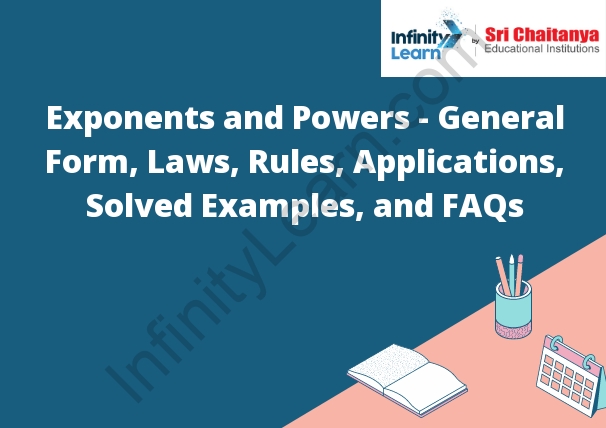Table of Contents
What are Exponent and Power?
An exponent is a number that indicates how many times a number is to be multiplied by itself. For example, 5^2 means 5 multiplied by 5, or 25.
A power is the result of multiplying a number by itself a certain number of times. The number of times the number is multiplied by itself is the power. For example, 5^3 means 5 multiplied by 5 multiplied by 5, or 125.

General Form of Power and Exponentiation
The general form of power is x^y, where x is the base and y is the exponent. Exponentiation is the operation of raising a number to a power.
Laws of Power and Exponentiation
The law of power states that for any real number x, x^n = (x^n) / (n x ^(n-1)).
The law of exponentiation states that for any real number x and any integer n, x^n = x (x^(n-1)).
Rules of Exponents and Powers
Multiplication and Division
To multiply powers with the same base, add the exponents.
To divide powers with the same base, subtract the exponents.
For example:
5² × 6² = 5² + 6² = 25 + 36 = 61
9³ ÷ 3² = 9³ – 3² = 729 – 9 = 720
Applications of Exponents and Powers
There are a number of real world applications of exponents and powers. One application is in the study of population growth. In a population of size N, the population size after one year is N+1. The population size after two years is N+2, and the population size after three years is N+3. This pattern can represented by the equation N = N*(1+r) where r is the growth rate.
Another application of exponents is in chemistry. In a chemical reaction, the reaction rate is proportional to the concentration of the reactants raised to a power. For example, the reaction rate for the reaction A+B → C is proportional to the concentration of A raised to the power of the concentration of B.



